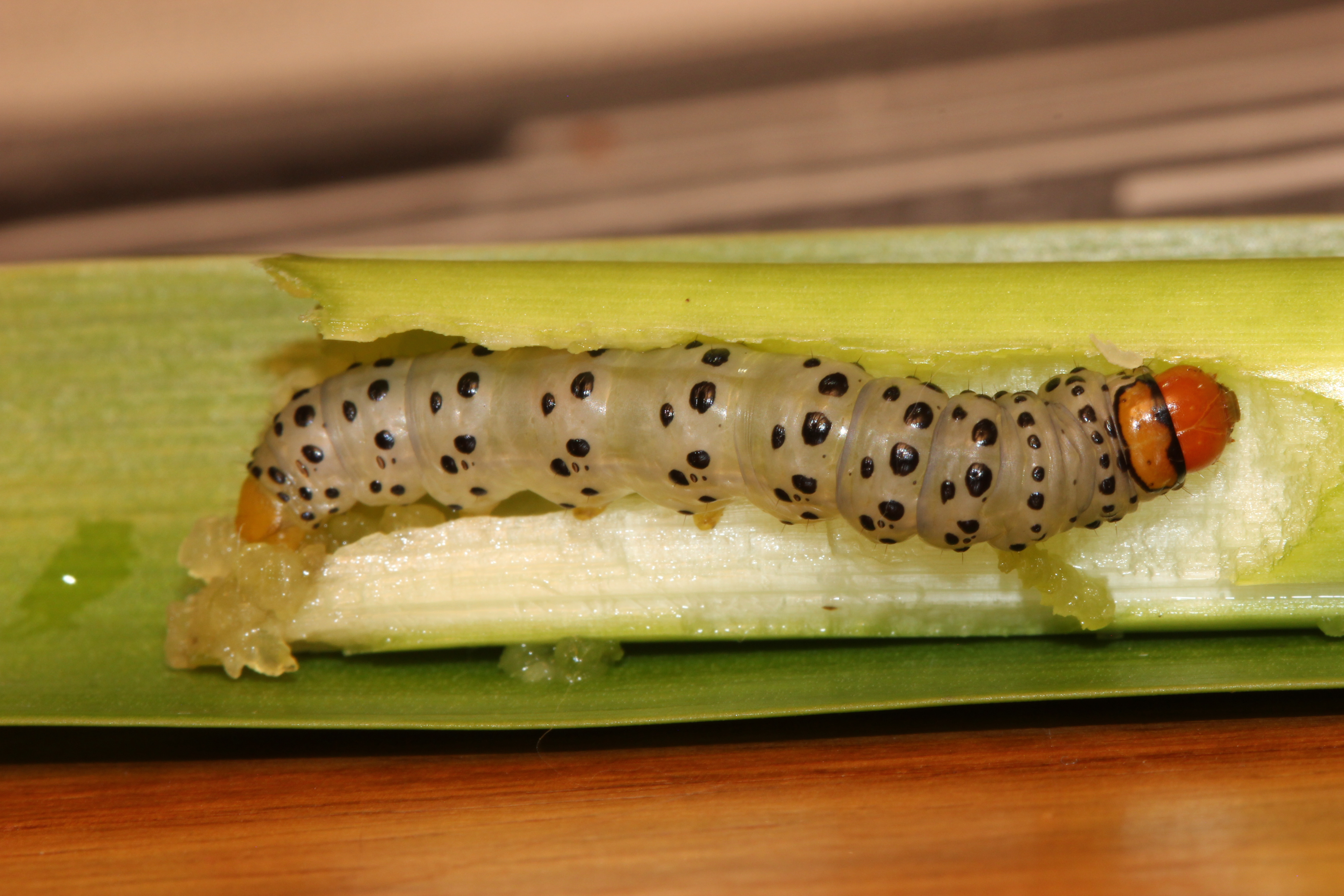Sidemia Spodopterodes on:
[Wikipedia]
[Google]
[Amazon]




 ''Neuranethes spodopterodes'' is a
''Neuranethes spodopterodes'' is a
moth
Moths are a paraphyletic group of insects that includes all members of the order Lepidoptera that are not butterflies, with moths making up the vast majority of the order. There are thought to be approximately 160,000 species of moth, many of w ...
in the family
Family (from la, familia) is a Social group, group of people related either by consanguinity (by recognized birth) or Affinity (law), affinity (by marriage or other relationship). The purpose of the family is to maintain the well-being of its ...
Noctuidae
The Noctuidae, commonly known as owlet moths, cutworms or armyworms, are a family of moths. They are considered the most controversial family in the superfamily Noctuoidea because many of the clades are constantly changing, along with the other f ...
, subfamily
In biological classification, a subfamily (Latin: ', plural ') is an auxiliary (intermediate) taxonomic rank, next below family but more inclusive than genus. Standard nomenclature rules end subfamily botanical names with "-oideae", and zoologi ...
Hadeninae.
Although it was described at the start of the 20th century, the moth and its habits were little known. It turns out that the adults have vestigial mouthparts and do not feed before they die, but the larvae fed on species of ''Agapanthus''.
However, although the larvae are voracious feeders, the species seems to have done so little harm as to have escaped notice, presumably because of natural control by parasitoids. Early in the 21st century however, it emerged as a serious horticultural pest of popular species of Agapanthus in regions where neither the moth nor the plants occurred spontaneously.
It seems that the moth had been translocated accidentally in horticultural
Horticulture is the branch of agriculture that deals with the art, science, technology, and business of plant cultivation. It includes the cultivation of fruits, vegetables, nuts, seeds, herbs, sprouts, mushrooms, algae, flowers, seaweeds and no ...
stock and that the natural enemies had not been imported at the same time. Its very voracity combined with its monophagous
A generalist species is able to thrive in a wide variety of environmental conditions and can make use of a variety of different resources (for example, a heterotroph with a varied diet). A specialist species can thrive only in a narrow range of env ...
feeding habits have however suggested that it might prove to be a valuable biological control of invasive ''Agapanthus'' in countries such as New Zealand.M.D. Picker and M. Krüger. Spread and Impacts of the Agapanthus Borer (Neuranethes spodopterodes (Hampson, 1908), comb. nov.), a Translocated Native Moth Species (Lepidoptera: Noctuidae). African Entomology 2013 21 (1), 172-176
References
Hadeninae Lepidoptera used as pest control agents {{Hadeninae-stub